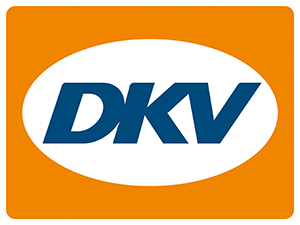DKV Mobility, a leading platform for international mobility services, welcomes the approval of its carbon reduction targets by the Science Based Targets initiative (SBTi). The company has committed to reach net-zero greenhouse gas (GHG) emissions across its value chain by 2050. As part of its ongoing commitment to achieving its net-zero goal by that date, the company has set near-term targets to reduce its emissions by 42% until 2030 from a 2022 base year. SBTi validation confirms DKV Mobility's new climate emissions targets are in line with climate science and the 1.5-degree Paris Agreement goal.
Jana Eggerding-Tenhagen, CHRO and responsible for sustainability at DKV Mobility, says: “As a leading platform for international mobility services, we are immensely proud that our new ambitious emissions reduction targets have been validated by the high standards of the Science Based Target initiative. Being part of this global initiative not only reassures us that we are on the right track with our climate actions, but also that we are contributing to a larger collective effort."
SBTi has approved the following targets from DKV Mobility:
Near-term targets
- Reduce absolute Scopes 1¹ + 2² GHG emissions 42% by 2030 from a 2022 base year
- Reduce absolute Scope 3³ GHG emissions from purchased goods and services and use of sold products for sold fossil fuels by 42% by 2030 from a 2022 base year
Long-term targets
- Reduce absolute Scopes 1 + 2 GHG emissions 90% by 2050 from a 2022 base year
- Reduce absolute Scope 3 GHG emissions from purchased goods and services and use of sold products for sold fossil fuels by 90% by 2050 from a 2022 base year
To achieve these ambitious targets, DKV Mobility aims to reduce emissions in its own business operations by reducing energy consumption, optimizations along the fuel value chain, and making its products more sustainable. DKV Mobility will continue to transparently share the progress while working on its decarbonization efforts.
SBTi is a corporate climate action organization that enables companies worldwide to play their part in combating the climate crisis. The aim of the initiative is to ensure that companies do their part to achieve the 1.5-degree target of the Paris Agreement.
Explanations
¹Scope 1: Direct emissions coming from owned or controlled operations.
²Scope 2: Indirect emissions associated with the generation of electricity & heating purchased for own consumption.
³Scope 3: All indirect emissions (not included in Scope 2) that occur in the value chain, including both upstream and downstream emissions.

